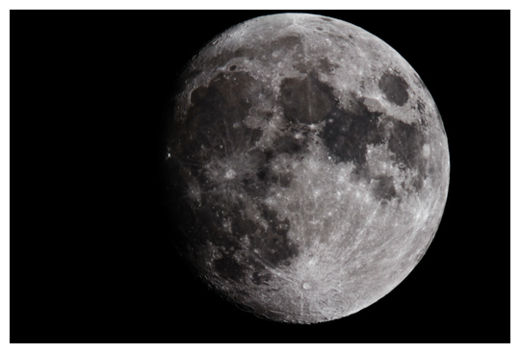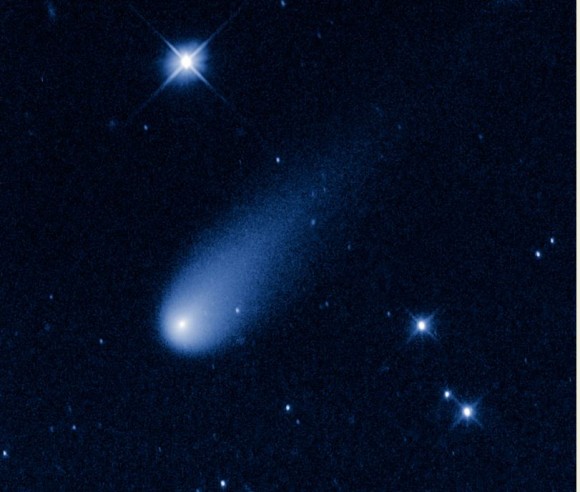
© pic.twitter.com/4c3j4XXlmpA protestor who's come dressed as a CCTV camera surveys the entrance waiting for delegates to arrive #Bilderberg2013
The recent
reports concerning National Security Agency (NSA) collusion with the world's largest IT giants provide an insight into surveillance techniques the US government is using to spy on its citizens (and the rest of the world), with blatant disregard of human rights, privacy and legality.
As well as the Orwellian 'Big Brother' ramifications of Stasi cyber spying and digital tracking, the ongoing revelations from 'NSA whistleblower' Edward Snowden provide glimpses of the cooperation between government, the internet giants, private corporations, and private contractors profiteering from what might be termed the
'Surveillance Industrial Complex'.
Despite their
denial of any knowledge of the PRISM program, or any wilful cooperation with the US government, the 'leaks' raise serious questions over the extent of complicity between the big internet firms and the NSA.
If the big tech firms were genuinely unaware of government monitoring then it exposes severe security flaws and poses the obvious question of whether they
can be trusted to ensure users' data is safe. If, on the other hand, these firms were aware of PRISM, but have been forced to deny it for reasons of 'national security', it means individuals and international businesses are victims of total digital surveillance with minimal oversight.
We are told Snowden worked for Booz Allen Hamilton, a defence contractor that is involved in
virtually every aspect of US government intelligence gathering and mass surveillance, and is majority-owned by the politically-affiliated Carlyle group. How is it that private contractors have access to the most sensitive data concerning 'US national security'? Just how much of the state's intelligence infrastructure is being built, operated and maintained by totally unaccountable private interests?



